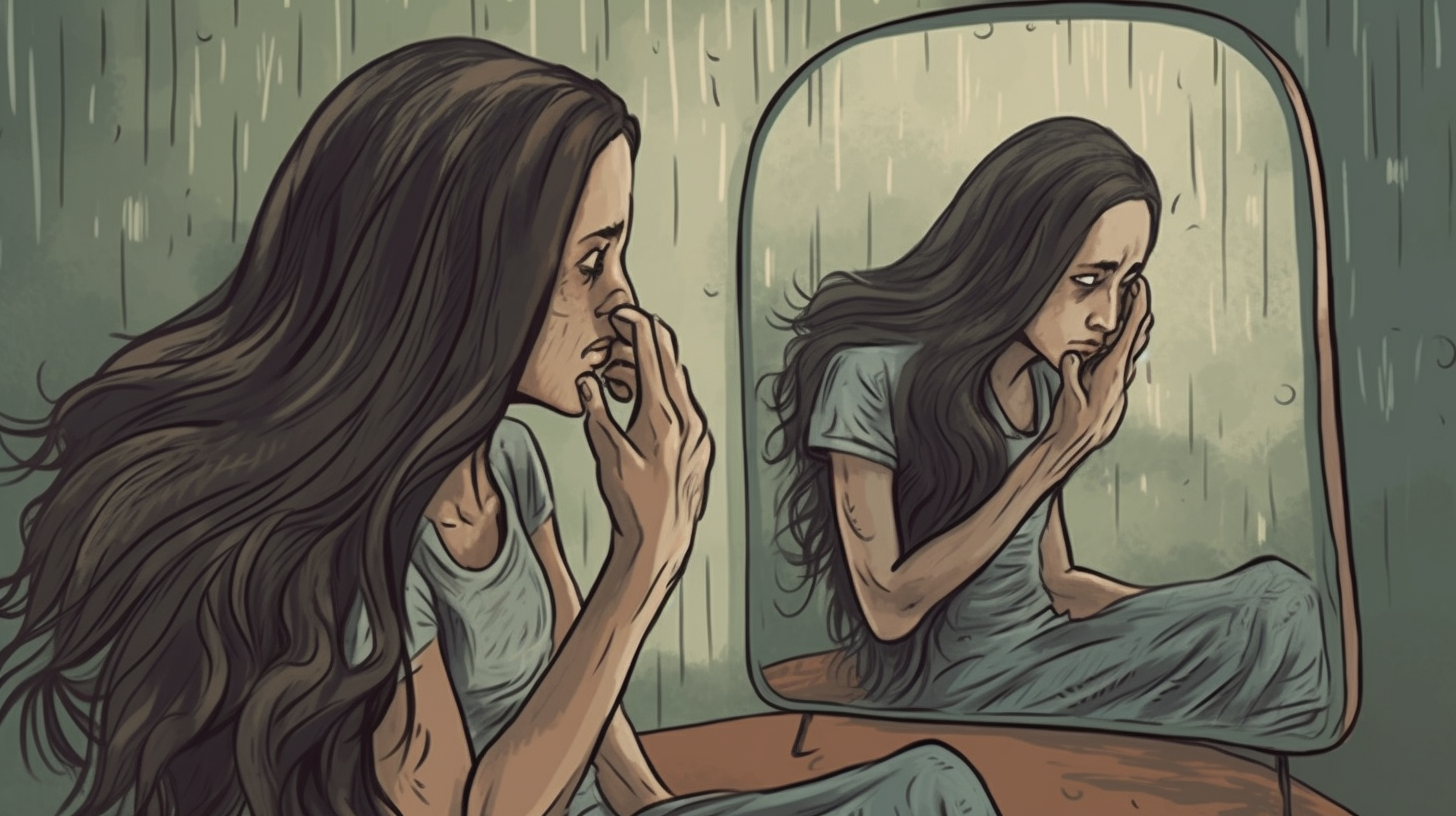How to Safeguard Your Hair from Heat Damage: The Ultimate Guide
Welcome to the ultimate guide on how to safeguard your hair from heat damage! If you love styling your hair with hot tools like straighteners, curling irons, or blow dryers, it’s crucial to take preventive measures to protect your precious strands. Excessive heat can lead to dryness, breakage, split ends, and overall hair damage, but with the right techniques and products, you can minimize these risks and maintain healthy, lustrous locks.
Understanding Heat Damage
Before we dive into the ways to protect your hair from heat damage, let’s first understand what it is and how it affects your tresses. Heat damage occurs when high temperatures strip away moisture from the hair shaft, causing it to become dry and brittle. This leads to weakened hair structure and loss of elasticity. Over time, repeated exposure to heat styling tools can result in irreversible damage.
Common signs of heat damaged hair include:
- Dry and frizzy texture
- Split ends
- Breakage
- Lack of shine
- Weakened hair strands
Now that we understand the importance of protecting our hair from heat damage let’s explore some practical tips on how to do so.
1. Start with a Clean Canvas
Prior to using any hot styling tool, ensure that your hair is clean and free from product buildup. Use a clarifying shampoo once a week to remove any residue or excess oil that can interfere with the effectiveness of heat protectants.
2. Apply a Heat Protectant
A quality heat protectant is an essential step in safeguarding your hair against high temperatures. Look for a heat protectant spray or serum that contains ingredients like silicone, which forms a protective barrier around the hair shaft. Apply the product evenly throughout your hair, focusing on the mid-lengths and ends.
Remember to read the instructions on the heat protectant product and adjust the amount accordingly based on your hair length and thickness.
3. Lower the Heat
While it may be tempting to crank up the heat settings on your styling tools for faster results, using excessive heat can cause significant damage to your hair. Opt for lower heat settings whenever possible, especially if you have fine or thin hair. For thick or coarse hair, start with a medium heat setting and adjust as needed.
It’s also crucial to let your styling tool fully heat up before using it. This ensures even distribution of heat and reduces the amount of time your hair is exposed to high temperatures.
4. Use Heat Styling Tools Sparingly
The best way to protect your hair from heat damage is by limiting its exposure to hot styling tools. Embrace low-heat or no-heat hairstyles whenever possible. Try air-drying your hair, braiding it overnight for natural waves, or using foam rollers for gentle curls.
When you do use hot tools, opt for styles that last longer, reducing the need for daily restyling. Consider investing in quality tools that distribute heat evenly and have adjustable temperature settings.
5. Give Your Hair a Break
Just like any other part of your body, your hair needs time to recover and rejuvenate. Avoid excessive heat styling by incorporating “heat-free” days into your routine. During these days, pamper your locks with deep conditioning treatments, nourishing masks, and protective hairstyles that require minimal manipulation.
6. Protect Your Hair While Sleeping
Even when you’re asleep, your hair can be subjected to heat damage if you’re using the wrong pillowcase. Opt for silk or satin pillowcases instead of cotton, as they create less friction and minimize hair breakage caused by rubbing against the fabric.
You can also protect your hair while sleeping by tying it up in a loose bun or braid to prevent tangling and friction against your pillowcase.
7. Hydrate and Nourish Your Hair
Proper hydration is essential for maintaining healthy hair. Incorporate a deep conditioning treatment into your weekly routine to replenish moisture and repair any existing damage. Look for products that contain ingredients like argan oil, shea butter, or keratin for added nourishment.
In addition to external hydration, remember to stay hydrated from within by drinking plenty of water and following a balanced diet rich in vitamins and minerals that promote hair health.
8. Trim Regularly
To prevent split ends from spreading further up the hair shaft, schedule regular trims every 6-8 weeks. Trimming removes damaged ends, keeping your hair healthy and preventing further breakage.
Conclusion
Protecting your hair from heat damage is essential for maintaining its health and vitality. By following these tips and incorporating them into your hair care routine, you can enjoy the benefits of styling without compromising the integrity of your locks.
Remember to start with clean hair, apply a heat protectant, lower the heat settings on your styling tools, use them sparingly, give your hair breaks from heat styling, protect it while sleeping, hydrate and nourish it regularly, and trim it to prevent split ends.
Your hair deserves the best care, so make sure to prioritize its protection from heat damage. With these preventive measures in place, you can confidently style your hair while keeping it healthy and beautiful.



